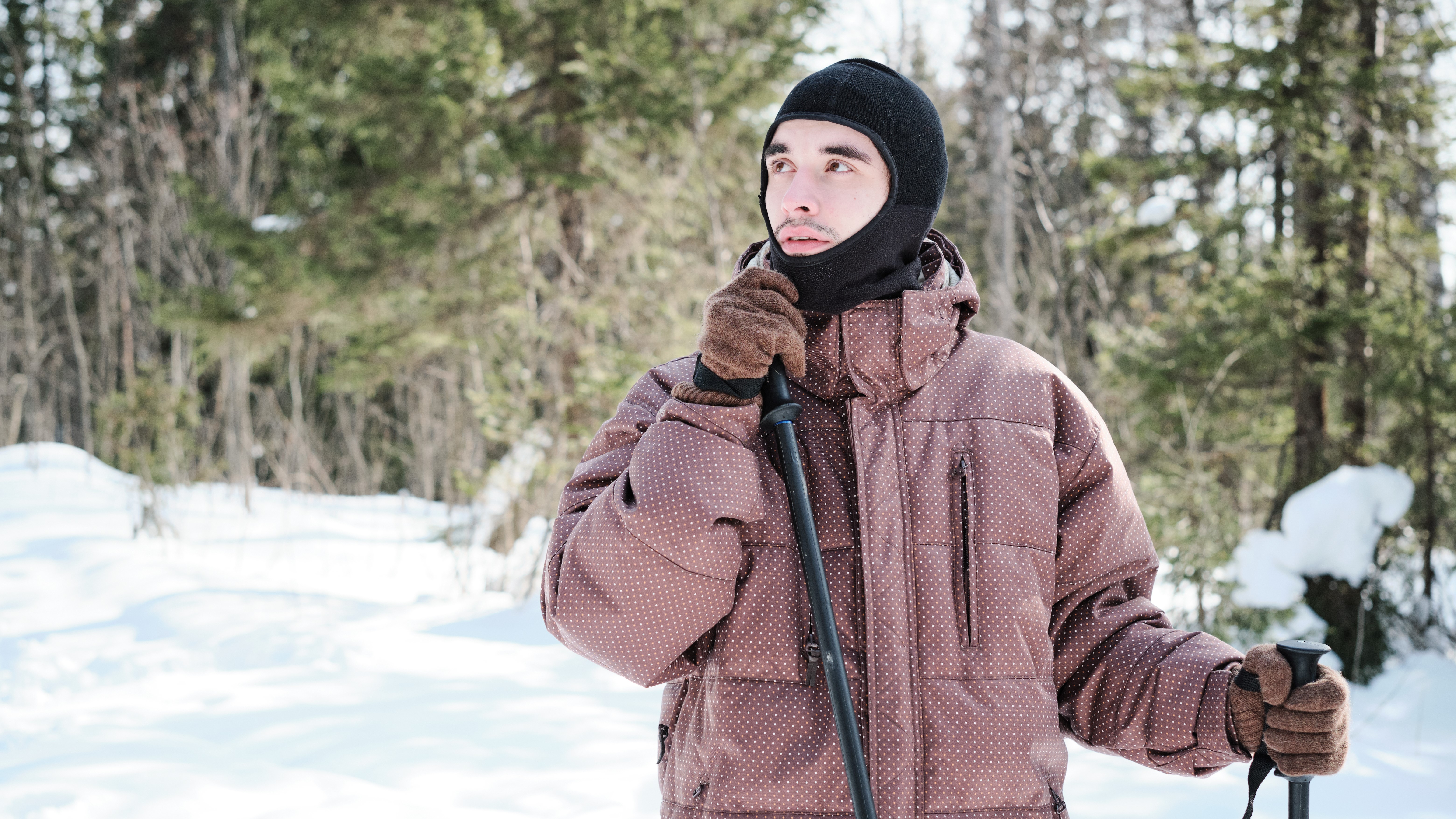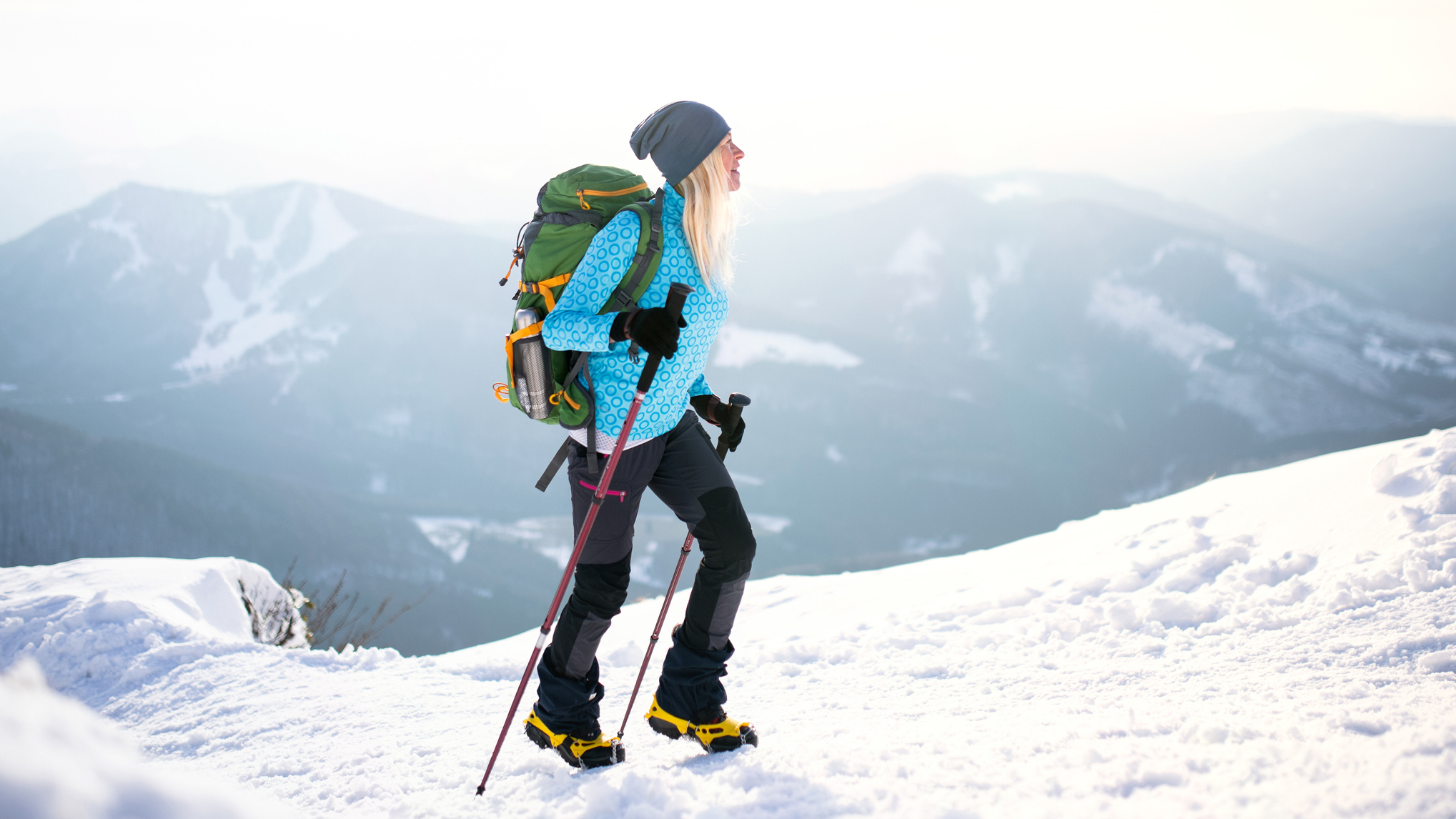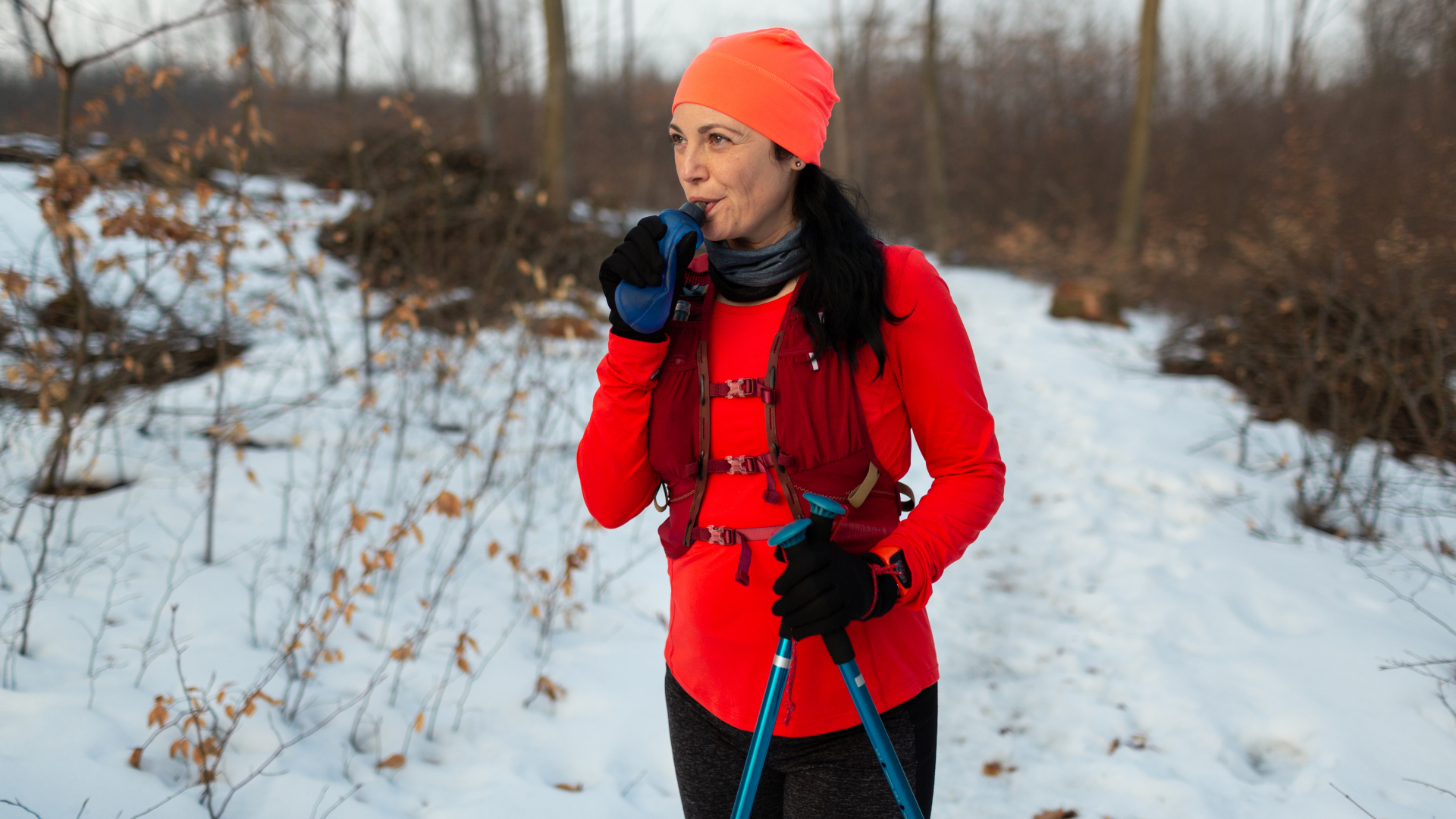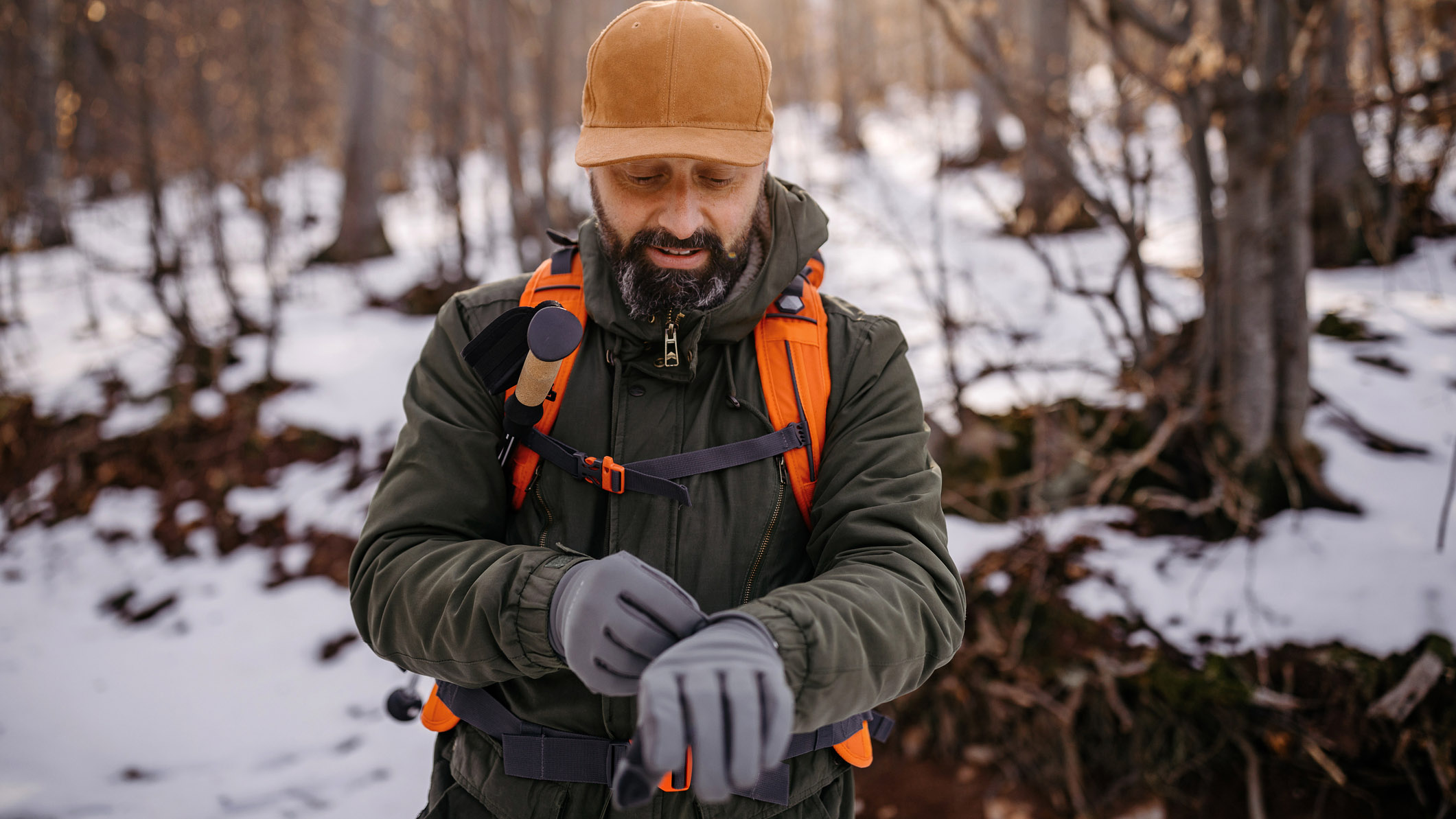Help! How do I manage sweat and keep dry on cold winter hikes?
7 tips for sweaty hikers to handle winter hikes

Hiking in cold weather isn’t always a matter of just pulling on more clothes and enjoying the crisp air. For hikers who naturally sweat a lot, winter adventures can turn into an uncomfortable battle between being too hot and clammy and being drenched and cold.
In some ways, sweating is a human superpower. While some mammals like dogs struggle to stay cool, humans contain their own in-built air conditioning system that allows them to regulate their temperature even during high-intensity activities.
But if you tend to sweat excessively, your cold weather activities can turn into a bit of a nightmare if your clothing can’t keep up and pretty soon you end up shivering away in cold weather with wet clothes on. Not a good idea.
So do you keep your layers on and grin and bear it, or strip off and risk frostbite? Or do you just have to hang up your hiking boots until next spring? Not a chance – read on for seven tips for sweaty hikers to handle winter hikes, and our best gear recommendations for managing sweat in cold weather.

1. Be bold, start cold
If you know you’re a hiker who gets hot and sweaty 10 paces down the trail, the old adage of “be bold, start cold” really is good advice. You don’t necessarily need to strip down to a bare chest, but play around with starting out wearing just one or two layers, such as your base layer and/or a light fleece, rather than three or four. You might be uncomfortable at first, but soon you should warm up and if you don’t, pull out an extra layer from your backpack.
2. Wear more light layers
One of the reasons you could be extra sweaty on a cold winter hike, in addition to a genetic propensity to sweat more, is that you might be wearing jackets and sweaters that are too heavy. Though it seems intuitive to want to wear thick, warm clothes when the mercury drops below zero, light layers are really your friend in the colder season, as long as you have enough of them.
Start with a thin base layer next to your skin that’s made from a breathable, moisture-wicking material (see the next point). Over that, you can wear something insulating, but also light and breathable, such as the Patagonia Nano-Air Light Hybrid Jacket which will keep you warm but will also let sweat escape. Learn more in our article on hiking layers.
All the latest inspiration, tips and guides to help you plan your next Advnture!

3. Choose your fabrics wisely
In addition to looking at layers, you’ll want to start looking at labels too. Whatever lies next to your skin needs to breathe and wick sweat, and for that reason, polyester is often a poor choice for those who sweat a lot. Instead, look for base layers made with propylene, merino wool or a blend of the two such as in the Helly Hansen LIFA Merino Midweight for the friendliest experience.
For your insulating layer, a down or synthetic puffer with breathable panels under the armpits like the Jack Wolfskin Routeburn Jacket is key, while a fleece jacket will breathe even better. Check out the Houdini Men’s Pace Flow Houdi for the most breathable fleece jacket we’ve tested.
4. Consider a windbreaker
For wet weather, you will need a waterproof jacket and they are sadly not especially breathable, but the Helly Hansen Verglas Infinity Shell Jacket does shine in this department and whatever you choose, make sure you get one with pit zips to help dump heat. For more arid climates, a windbreaker such as the Klättermusen Ansur will be a better choice.

5. Carry spares
When all else fails, if you’re soaked through and getting chilly, the best tactic is to change into something dry when you reach the summit. Pack an extra base layer in your backpack and change into it quickly, then you’ll be warm and dry (or drier, anyway) for your descent.
6. Take breaks
Cold weather usually keeps hikers on the move, and you might just be a hiker who likes to walk quickly, but if you’re getting sweaty and uncomfortable, you might need to retrain yourself to stop frequently and adjust your clothing, whether that means removing a layer or adding one.

7. Remove hat and gloves first
If you do find yourself sweating profusely on a frigid day, you might be amazed by how much heat retention comes from wearing a hat and gloves. Before you strip off your jacket, try letting your head and hands breathe first then see if that cools you down enough.
Julia Clarke is a staff writer for Advnture.com and the author of the book Restorative Yoga for Beginners. She loves to explore mountains on foot, bike, skis and belay and then recover on the the yoga mat. Julia graduated with a degree in journalism in 2004 and spent eight years working as a radio presenter in Kansas City, Vermont, Boston and New York City before discovering the joys of the Rocky Mountains. She then detoured west to Colorado and enjoyed 11 years teaching yoga in Vail before returning to her hometown of Glasgow, Scotland in 2020 to focus on family and writing.

